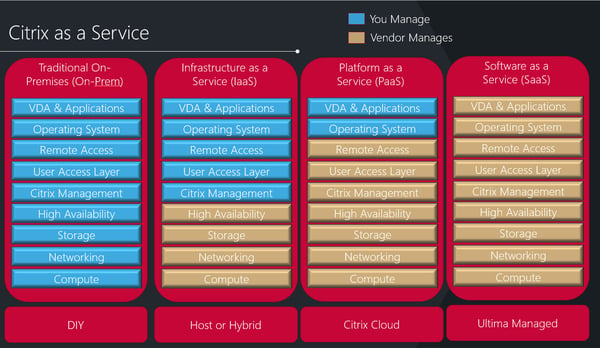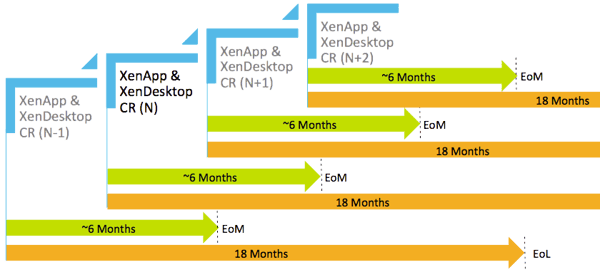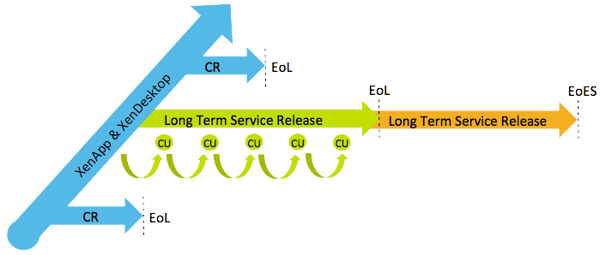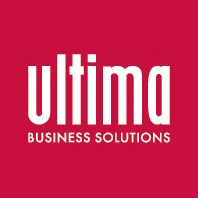The time has come to say goodbye as XenApp 6.5 goes EOL soon. But fortunately, 30th June 2018 marks the start of a new chapter. It may initially seem daunting - and there certainly are some challenges - but also some significant opportunities and benefits.
What does end of life mean?
Effectively this means the product won’t receive any further updates – security or functionality related. There remains the option of purchasing an extended support contract to January 2020 with Citrix, however this should only really be considered as a bridging measure.
What it means for you is that now is the time to create your plan, if you don’t already have one in place.
Bringing your environment up to date could mean a number of things; it could provide the opportunity to review your entire workspace solution. It could also mean identifying the least-effort/least-pain approach to maintaining a supported environment. Luckily, now is a good time to consider your options.
When XenApp 6.5 was superseded by 7.x there was a downside to upgrading. One of the major changes was architectural with the switch from IMA, with its distributed management functions to FMA (Flexcast Management Architecture), with separated brokers handling the management functions, and a reduced software footprint on the workload servers. This change brought with it limitations which meant that many looking at the capabilities of the 7.x releases thought there wasn't enough time.
Now is the time.
In terms of feature parity, XenApp 7.17 meets and exceeds the capabilities of XenApp 6.5.
A recent Citrix blog articulates how XenApp 6.5 features have been re-added and occasionally enhanced in the 7.x releases, providing a full set of enterprise features. There are key new additions to the products which can instantly deliver value including:
- Single image management for virtual XenApp servers using Machine Creation Services
- Skype for Business support for video and voice calls
- Citrix Director for simplified support of your environment
- Browser content redirection – to offload the impact of web browsing to endpoints
- New EDT Protocol delivering HDX (ICA) over UDP to provide excellent experience for WAN connected users
This is to name but a few. With the end of life of your current platform looming we need to consider the where and how, as well as the why.
Where do we do this?
It may seem a strange question, but XenApp 7.x provides the option of being able to deploy our workloads on-premises or into a cloud IaaS (Infrastructure as a Service) solution.
Depending on where you are on your cloud journey, you may be deploying your production workloads in the cloud, or possibly even just DR (disaster recovery) workloads. With Citrix XenApp 7.x, you can do either of these.
Full cloud, hybrid cloud or DR in the cloud are all viable options which can be considered. You can also choose your cloud! With support for Azure, AWS and Google you can also put your workloads in the cloud of your choice.
You may have an established virtualisation environment on-premises, which again we can natively leverage to host your workloads. With integrations for Hyper-V, VMware, KVM, Nutanix and XenServer, XenApp 7.x can leverage single image management technologies to rapidly deploy and scale your solution in your own data centre.
How do we do this?
There’s a few different models available for you to choose from, and one of the main considerations is how much of the environment you want to be responsible for. This may seem like a strange concept, but a useful analogy is to look at pizza and how you consume it:

You could make your own from scratch – delicious, but takes a while and can get messy (build your own on premises). You could buy a frozen one from a supermarket and cook it at home (deploy in cloud IaaS), you could order-in – quick, simple, but you still need to add drinks, a table and wash up afterwards (Citrix Cloud), or you can dine out – walk in, eat, pay, leave (fully managed).

Citrix Cloud
Citrix Cloud is a delivery model that you may not be familiar with, however it can address many of the typical challenges around owning and operating a Citrix infrastructure. Citrix Cloud is a Citrix managed solution where the management components required for delivering your Citrix workloads to users are hosted as a cloud service.
This Citrix Cloud service is managed, monitored and maintained by Citrix, so you don’t have to. You simply manage your workloads (servers with application installed), and the rest of the solution can be consumed as a service.
This is particularly relevant as we approach XenApp 6.5's EOL date, but the Citrix Cloud deployment is evergreen – so no more big upgrades again.
Citrix Cloud is also extremely fast to deploy, as you don’t have to build the supporting infrastructure, you could on-board your Citrix workloads (running a minimum of Windows Server 2008 R2) in a matter of hours, without spending weeks designing, building and testing the supporting infrastructure.
With the recent announcement of a new Citrix XenApp service (previously only Citrix XenDesktop or XenApp AND XenDesktop were licensing options), this can be a low-effort approach to moving to a supported version at an attractive cost.
If you want to maintain your management infrastructure yourself then you will need to choose which Release Cycle you want to deploy. You have a choice between Current Release or Long Term Service Release.
Which Release Cycle should I choose?
Current Release (CR) branch is a quarterly release which receives the latest features and updates, ensuring you always have the greatest capabilities available. Each quarterly release receives six months of maintenance support, with 18 months before it reaches end of life. This means your update cadence will be relatively high, with normally at least one update a year to maintain support.
I should emphasise though, that the upgrade experience between 7.x releases is significantly more straightforwards than in the 4.5, 5.x, 6.x releases, however it is still a process that will need to be adopted.

The alternative branch is the Long Term Service Release (LTSR). This release is a specific combination of component versions that Citrix will provide five years of maintenance support for, with the option of a further five years of extended support available (with separate support contract).
One important aspect to note is that the five years of maintenance support is on “the latest Cumulative Update” for the LTSR version. Cumulative Updates are typically released around every six months, so you will still likely need to perform a mini-upgrade at least once a year.

In Summary
Let’s review the key points:
- When? June 30th 2018 is the end of life date for XenApp 6.5
- Why upgrade? Benefit from new industry leading capabilities to deliver a high performance user experience, while maintaining feature parity with your current deployment
- Where? Choose your deployment location: on-premises, in the cloud or hybrid
- How? Simplify your migration with the Citrix Cloud XenApp service, or choose between CR and LTSR for your on-premises deployment
We can assist with your transition, whichever route you choose. With expertise in on-premises, hybrid and cloud deployments, we are ideally positioned to help you identify the best route based upon your needs.
To discuss your upgrade approach and find out how we can work with you to successfully deliver Secure Digital Workspaces, please get in touch with us.
- By Andrew McCullough (Solutions Architect)



